
Like the discovery of Sanxingdui in 1929, these ruins demonstrate the diverse origins of Chinese civilization. The Jinsha Ruins were included in China's top 10 list of archaeological finds.
Hu had been working as an actress for 15 years before she was invited by her good friend Wang Yi, curator of the Jinsha Site Museum, to be a guide.
Hu had to learn from archaeologists excavating Jinsha, read their books and keep notes. The notes are faithfully recorded in 11 diaries.
At the beginning, Hu was not confident, but after learning the facts "I found myself falling in love with the relics and started interpreting them with love," Hu says. A piece of jade ware, she tells visitors, may seem like a lifeless object but has its temperature and mood.
"It is like having a dialogue with the ancient worker making the jade.
"It was unbelievably hard for him to devote his lifetime to making only one piece of artwork 3,000 years ago when there were no metal tools. Use your imagination, and the jade tells his story," Hu says.
Presenting the gold foil of the sunbird, Hu says: "Dear friends, the Shu Brocade with the pattern of the sunbird visited space onboard the Shenzhou VI, China's second manned space mission in 2005. The sunbird realized its dream of thousands of years to fly.
"As a person from Jinsha, I feel extremely proud," she says.
A woman in her 70s from Northeast China once embraced Hu and said tearfully: "Your presentation is so wonderful that I felt as if I had traveled back to remote antiquity."
Three years later when her son visited Chengdu on a business tour, the old woman told him to make sure he asked Hu to be his guide at the museum.


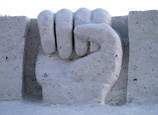

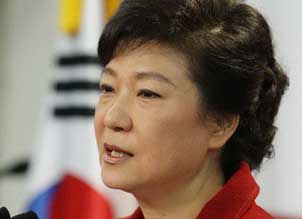
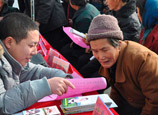

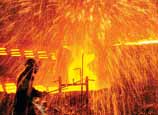
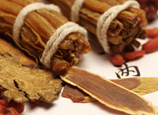







 Beijing-Zhengzhou high-speed railway to start service on Dec. 26
Beijing-Zhengzhou high-speed railway to start service on Dec. 26


![]()
